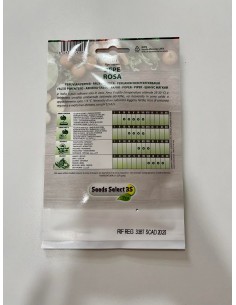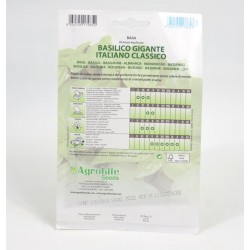Pineapple Plant
Generalities:
The pineapple or pineapple is a plant native to South America belonging to the Bromeliaceae family cultivated for the production of fruits that are actually inflorescences.In fact, the fruit of the pineapple develops around the top of the stem of the plant, commonly called the core or heart of the fruit.The fruit consists of a thorny skin, containing a sugary pulp and a hard part in the center, the core. On the top we find the tuft of leaves of the fruit which are used to capture and retain water, so as to offer nourishment to the plant.
- Vase 15cm, Height 55cm
Generalities:
Its botanical name is "ananas comosus", but it is commonly called the pineapple plant. It is a xerophytic plant native to South America, Central America and the Caribbean. Pineapple is known mainly for its fruit, which in reality scientifically speaking is however an infructescence. Its name, in the Tupi-Guaranì languages spoken in the Amazon, is "nanà -nanà", which means "perfume of perfumes". In the fruit and vegetable sector, pineapple is a very popular fruit for its particular sweetness and its nutritional properties. It can also be grown in the home garden, but in the greenhouse: it loves humidity and needs a temperature that is between 18 and 24 ° (the plant dies below 15 ° C). In summer it is necessary to water regularly so that the soil is well moist and in winter watering should be reduced a little; it needs regular fertilization, once every 15 days, throughout the year.
Cultivation and Care:
Since it suffers from the cold, pineapple thrives well in our homes; it is also very decorative and brings an exotic touch to the green corner of the living room. It needs a lot of light but not direct sun. It is also important that it has a good level of humidity and that it is watered regularly, but be careful: it does not like stagnant water, so the soil must be well drained. In winter, between one watering and the next, wait for the soil to dry and fertilize the plant once a month with a liquid fertilizer for green plants. If the leaves dry up or curl up, the plant is likely to lack light; if they go limp it means that the air is too dry or too hot: the foliage must then be sprayed to try to restore a good level of humidity.


























